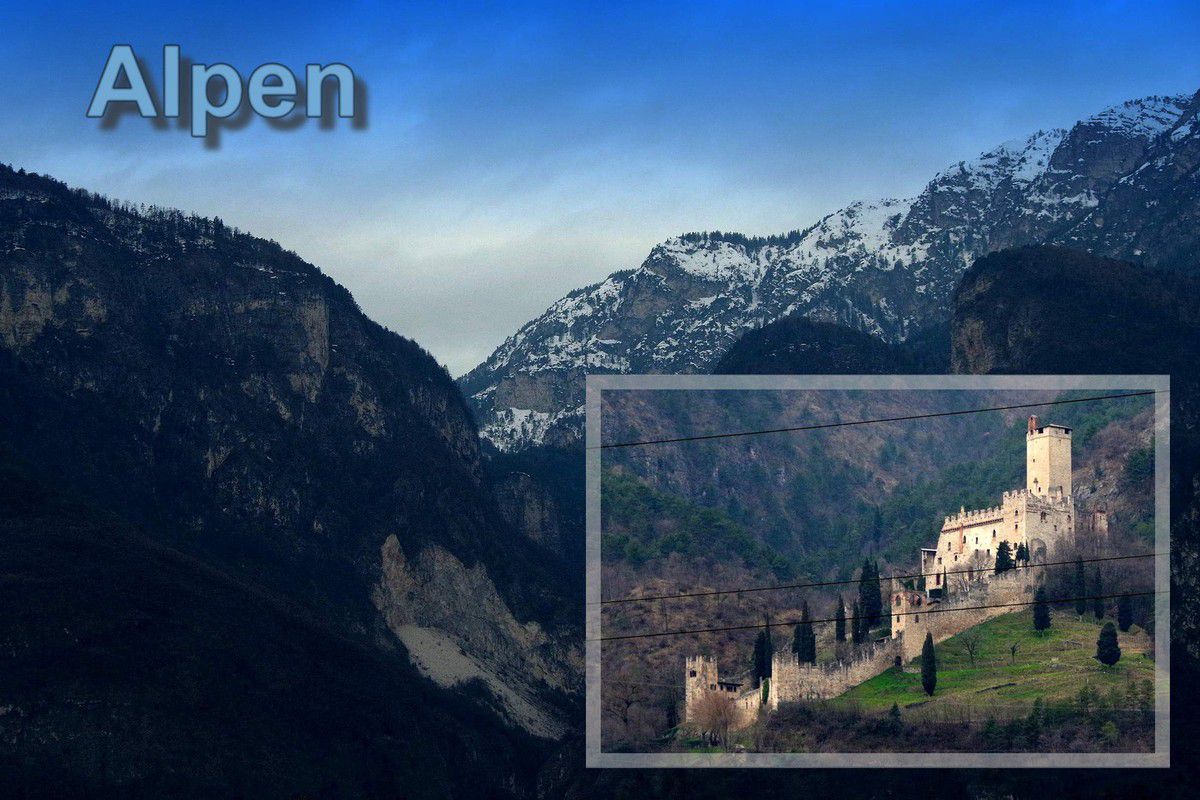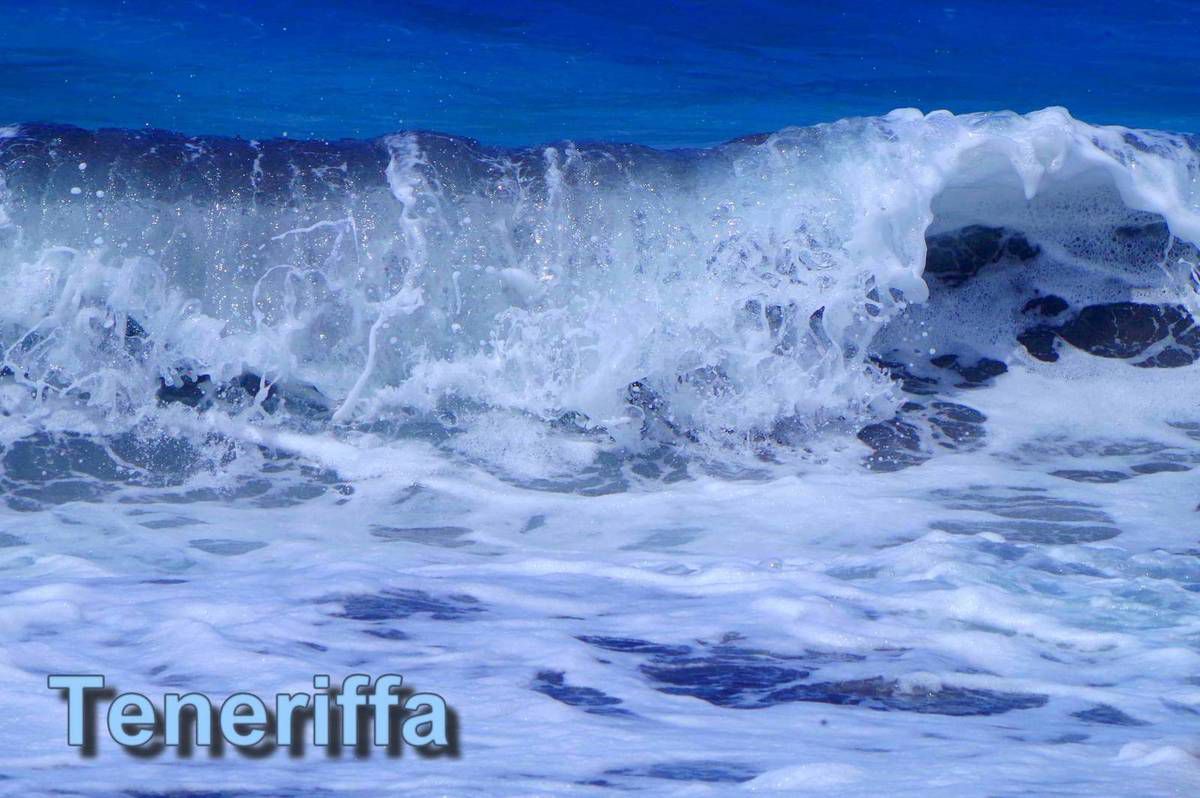Die Kathedrale Santa Maria del Fiore (italienisch Cattedrale di Santa Maria del Fiore) in Florenz ist die Bischofskirche des Erzbistums Florenz und somit Metropolitankirche der Kirchenprovinz Florenz. Ihre gewaltige weltbekannte Kuppel, das Hauptwerk Brunelleschis, gilt als technische Meisterleistung der frühen Renaissance.
Der Florentiner Dom ist, bezogen auf die Länge des Längsschiffs, nach dem Petersdom im Vatikan, St Paul’s Cathedral in London und dem Mailänder Dom die viertgrößte Kirche in Europa (nach der bebauten Fläche rangiert allerdings noch die Kathedrale von Sevilla in Spanien an dritter Stelle). Seine Abmessungen betragen 153 Meter in der Länge und 38 in der Breite, während das Fundament der Kuppel 90 Meter breit ist. Die Gewölbehöhe der beiden Seitenschiffe bemisst sich auf 23 Meter, diejenige des Mittelschiffs ist um etwa ein Dutzend Meter höher. Im Inneren der Kuppel beträgt die lichte Höhe vom Boden bis zur Spitze 90 Meter. Außen ist sie mit Laterne mehr als 114 Meter hoch.
Die Kuppel
Der Plan zu einer riesigen Kuppel war auch 1367 vorherrschend, als nach langer Bauunterbrechung eine Kommission der Baumeister und Maler die Ausdehnung der Vierung selbstbewusst auf 42 Meter erhöhte und eine Gewölbehöhe der noch zu bauenden Kuppel von 83 Metern vorsah.[7] Damit sollte die Florentiner Kuppel nicht nur die breiteste, sondern auch die höchste jemals errichtete Kuppel werden. Man hatte dabei sicher das Pantheon in Rom vor Augen, dessen Kuppeldurchmesser 42,70 Meter beträgt, also fast identisch mit den Florentiner Plänen.
Die aus diesen gewaltigen Ausmaßen resultierenden Schwierigkeiten erkannte man erst später. Denn man wusste nicht, wie man ein solch riesiges Gewölbe von 42 Metern Durchmesser über dem achteckigen Grundriss errichten konnte. Es erwies sich nämlich beispielsweise als unmöglich, die Gerüstbalken zu beschaffen, die für den Bau einer solchen Wölbung benötigt wurden. Denn man war zuvor – 1410–1413 – auf die kühne Idee gekommen, auf das 42 Meter hohe oktogonale Grundgeschoss noch ein Tambourgeschoß von knapp zehn Metern Höhe und 4½ Metern Dicke aufzusetzen, so dass die Kuppel erst in der unglaublichen Höhe von 52 Metern ansetzte, also in einer Höhe, die über den höchsten Gewölben der französischen gotischen Kathedralen lag – das höchste gotische Gewölbe hat die Kathedrale von Beauvais mit 48 Metern.
Übrigens erhielt die Kirche erst jetzt ihren heutigen Namen ‚Santa Maria del Fiore’. Bis dahin hieß sie wie die Vorgängerkirche Santa Reparata.
Und damit niemand auf die Idee kam, diesen neuen, kühnen Plan von 1367 zugunsten älterer, einfacherer Lösungen zu verlassen und damit den neuen Machtanspruch von Florenz zu reduzieren, vernichtete man alle älteren Dokumente, die sich mit dem Dombau befassten. Man hat also gleichsam alle Brücken hinter sich abgebrochen. Entweder diese neue Kuppel mit bisher noch nie erreichter Höhe – oder gar keine. Daher ist nur unzulänglich bekannt, wie sich Arnolfo di Cambio und seine frühen Nachfolger den Dom eigentlich vorgestellt hatten.
(Quelle: https://de.wikipedia.org/wiki/Kathedrale_von_Florenz)
-
The Cathedral of Santa Maria del Fiore (Italian Cattedrale di Santa Maria del Fiore) in Florence is the cathedral church of the Archdiocese of Florence, thus Metropolitan Church of the Province of Florence. Your mighty world famous dome, the main work of Brunelleschi, applies a technical masterpiece of the early Renaissance.
The Duomo is based on the length of the longitudinal ship, after St. Peter's in the Vatican, St Paul's Cathedral in London and Milan Cathedral, the third largest church in Europe (after the built-up area but still ranks the Cathedral of Seville in Spain in third place) , Its dimensions are 153 meters in length and 38 in width, while the foundation of the dome is 90 meters wide. The vault height of the two side aisles is measured at 23 meters, that of the central nave is higher by about a dozen meters. Inside the dome, the free height from floor to top 90 meters. Outside it is more than 114 feet tall with a lantern.
The dome
The plan for a huge dome was 1367 predominantly, as after a long interruption of construction confidently increased a commission of builders and painters, the expansion of the crossing at 42 meters and envisaged a vault height of the as yet unbuilt dome of 83 meters. [7] Thus the Florentines should dome not only the widest but also the highest ever built dome are. They had thereby secure the Pantheon in Rome in mind, the dome diameter is 42.70 meters, which is almost identical to the Florentine plans.
Resulting from these massive proportions difficulties was recognized only later.Because you did not know how you could build such a huge vault of 42 meters in diameter, the octagonal plan. It turned out namely for example as impossible to acquire the skeleton beams, which were needed for the construction of such curvature.Because it was previously - 1410-1413 - came to the bold idea of building on the 42-meter high octagonal ground floor nor a drum shell of almost ten meters high and 4½ meters thickness, so that the dome ansetzte until the incredible height of 52 meters, ie at a level that was higher than the highest vaults of the French Gothic cathedrals - the highest Gothic vaults, the Cathedral of Beauvais with 48 meters.
Incidentally, the church received its present name only now, Santa Maria del Fiore '.Until then, it was called as the previous church of Santa Reparata.
And so no one came up with the idea to leave this new, bold plan of 1367 in favor of older, simpler solutions, thereby reducing the power new claim of Florence, destroyed it all older documents that dealt with the cathedral building. So you have broken as it all bridges behind him. Either this new dome with never before achieved level - or none at all. Therefore, it is only known inadequate as Arnolfo di Cambio and his early successors had actually presented the cathedral.
(Source: https://de.wikipedia.org/wiki/Kathedrale_von_Florenz)
-
La catedral de Santa María del Fiore (Italia Catedral de Santa María del Fiore) en Florencia es la catedral de la Arquidiócesis de Florencia, por lo tanto Iglesia Metropolitana de la Provincia de Florencia. Su famosa cúpula poderosa del mundo, el trabajo principal de Brunelleschi, se aplica una obra maestra técnica del primer Renacimiento.
El Duomo se basa en la longitud de la nave longitudinal, después de San Pedro en el Vaticano, la catedral de San Pablo en Londres y la catedral de Milán, la tercera iglesia más grande de Europa (después de la zona urbanizada, pero todavía ocupa la catedral de Sevilla, en España, en tercer lugar) , Sus dimensiones son de 153 metros de largo y 38 de ancho, mientras que la base de la cúpula es de 90 metros de ancho.La altura de la bóveda de las dos naves laterales se mide a los 23 metros, el de la nave central es más alta en alrededor de una docena de metros. Dentro de la cúpula, la altura libre desde el suelo al principio de la página 90 metros. Fuera de ella es más de 114 pies de altura, con una linterna.
La cúpula
El plan para una enorme cúpula fue 1367 predominante, ya que después de una larga interrupción de la construcción con confianza el aumento de una comisión de constructores y pintores, la expansión de la travesía a los 42 metros y se ha considerado una altura bóveda de la cúpula aún no construida de 83 metros. [7] Por lo tanto los florentinos debe cúpula no sólo la mayor cantidad sino también la cúpula más alta jamás construida son. Habían fijar así el Panteón de Roma en mente, el diámetro de la cúpula es 42,70 metros, que es casi idéntica a los planes de Florencia.
Como resultado de estas dificultades enormes proporciones fue reconocido sólo más tarde. Debido a que no sabía cómo se puede construir una enorme bóveda tales de 42 metros de diámetro, el plan octogonal. Resultó a saber, por ejemplo, como imposible adquirir los haces de esqueleto, que se necesitaban para la construcción de tal curvatura. Debido a que era anteriormente - 1410-1413 - llegó a la audaz idea de construir en el 42 metros de altura, planta baja octogonal, ni un cuerpo de tambor de casi diez metros de altura y el grosor de 4 ½ metros, por lo que el ansetzte cúpula hasta la increíble altura de 52 metros, es decir, a un nivel que era más alto que las más altas bóvedas de las catedrales góticas francesas - las más altas bóvedas góticas, la catedral de Beauvais con 48 metros.
Por cierto, la iglesia recibió su nombre actual sólo ahora, Santa María del Fiore '.Hasta entonces, se llama como la anterior iglesia de Santa Reparata.
Y para que nadie se le ocurrió la idea de dejar esta nueva, audaz plan de 1367 a favor de soluciones mayores, más simples, lo que reduce el poder nuevo reclamo de Florencia, destruyó todos los documentos más antiguos que se ocupan de la construcción de una catedral. Así se ha roto, ya que todos los puentes detrás de él. Ya sea esta nueva cúpula con nivel nunca antes alcanzado - o ninguno en absoluto. Por lo tanto, sólo se sabe inadecuado como Arnolfo di Cambio y sus primeros sucesores en realidad habían presentado la catedral.
(Fuente: https://de.wikipedia.org/wiki/Kathedrale_von_Florenz)


















/idata%2F2273638%2FFotoserie-3%2F528a.jpg)
/idata%2F2273638%2F6--malerei%2Ftanz-des-Glucks.jpg)
/idata%2F2273638%2FFotoserie-2%2F345adventkalender--4-.jpg)
/idata%2F2273638%2F5--malerei%2F340.jpg)
/idata%2F2273638%2FFotoserie%2F-196-196.jpg)
/idata%2F2273638%2F4--malerei%2F186-an-der-wand.jpg)
/idata%2F2273638%2FKunst-am-Turm-2012%2FP6240434_stitchkl.jpg)
/idata%2F2273638%2FFotokollagen%2F2.jpg)
/idata%2F2273638%2Fkompositionen%2FBetakampffisch.jpg)